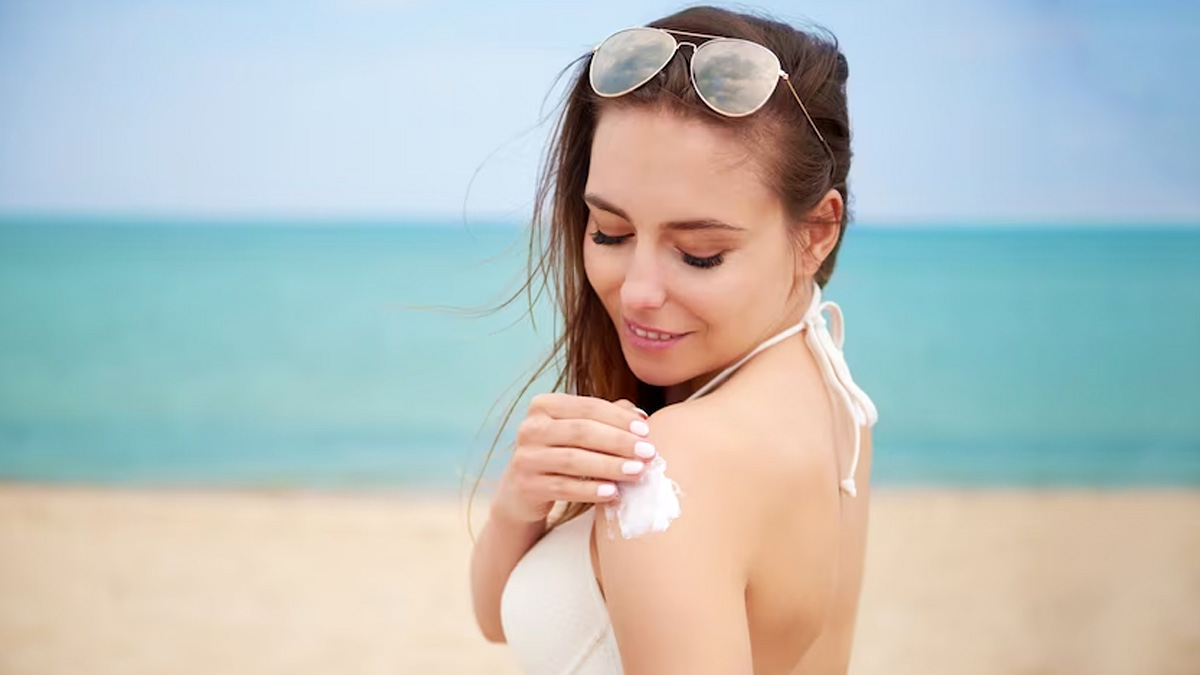
Shielding your skin from the harmful rays of the sun is essential, and sunscreen should be your go-to option in this regard. However, with so many available options, choosing the right sunscreen can be overwhelming. This article will you about how to choose the right Sun Protection Factor (SPF), what ingredients to look for and avoid, and tips for proper application to ensure optimal protection.
Table of Content:-
Why You Should Use Sunscreen
Skin cancer is the most prevalent type of cancer in the United States, and close to 20 Americans lose their lives daily due to melanoma, as per the American Academy of Dermatology (AAD). Melanoma is the most dangerous skin cancer type brought on by exposure to ultraviolet (UV) rays, both natural and artificial.

But you can save yourself from the negative of sun exposure with the regular use of the right sunscreen. According to a study that was published in JAMA Dermatology, young adults who regularly wear sunscreen have a significantly lower chance of developing melanoma. Similarly, another study reported in the Journal of Clinical Oncology indicated that routine use of sunscreen shielded adults from developing melanoma.
Also Read: 5 Common Summer Skin Problems You Must Be Watchful Of
This would have made you realise the importance of applying sunscreen. Here is what you should check before buying the right sunscreen.
Choosing the Right SPF
Firstly, you should check the SPF of the sunscreen, which is the measure of how much defence against UV-B radiation (the rays that cause sunburn) a sunscreen offers. As per the American Academy of Dermatology, you should use sunscreen with an SPF of at least 30, as it blocks about 97% of UVB rays. However, a higher SPF does not necessarily mean better protection, as no sunscreen can provide 100% protection.
Ingredients to Look for in a Sunscreen

To ensure that your sunscreen provides optimal protection, it is essential to look for certain ingredients. Zinc oxide and titanium dioxide are common ingredients in physical sunscreens (a type of sunscreen) and are effective at blocking UV-A and UV-B rays. Avobenzone, octocrylene, and oxybenzone are common ingredients in chemical sunscreens (a different kind of sunscreen) and are effective at absorbing UV-A and UV-B rays.
Check Harmful Ingredients in Sunscreens
While there are many safe and effective sunscreens available, there are also some harmful ingredients that you should avoid. Oxybenzone, for example, harms coral reefs and is banned in some parts of the world. Retinyl palmitate, a form of vitamin A, can increase the risk of skin cancer when exposed to sunlight. It is essential to avoid these and other harmful ingredients. So, read the labels carefully and choose a sunscreen free from harmful chemicals.
Also Read: 7 Reasons To Add Face Serum To Your Skincare
Tips for Proper Sunscreen Application

Even the best sunscreen will not provide optimal protection if not applied properly. Here are some tips for proper sunscreen application to have better protection.
- Apply sunscreen 15 to 30 minutes before going outside to allow it to absorb fully into the skin.
- Apply sunscreen carefully to cover all exposed areas of the skin. An efficient method is to use a shot glass worth of sunscreen for the entire body. Do not forget to apply sunscreen to often-overlooked areas, such as the ears, back of the neck, and tops of the feet.
- If you are swimming or perspiring, remember to reapply sunscreen for two hours or more frequently.
- Use sunscreen and protective apparel like a hat and long-sleeved shirt for maximum protection.
Bottomline
Choosing the right sunscreen is essential to protect your skin from the sun's harmful radiation. By understanding how to choose the right SPF, looking for certain ingredients, avoiding harmful ingredients, and applying sunscreen properly, you can ensure that your skin stays healthy and protected all summer.
Image Credits: freepik
Also watch this video
How we keep this article up to date:
We work with experts and keep a close eye on the latest in health and wellness. Whenever there is a new research or helpful information, we update our articles with accurate and useful advice.
Current Version